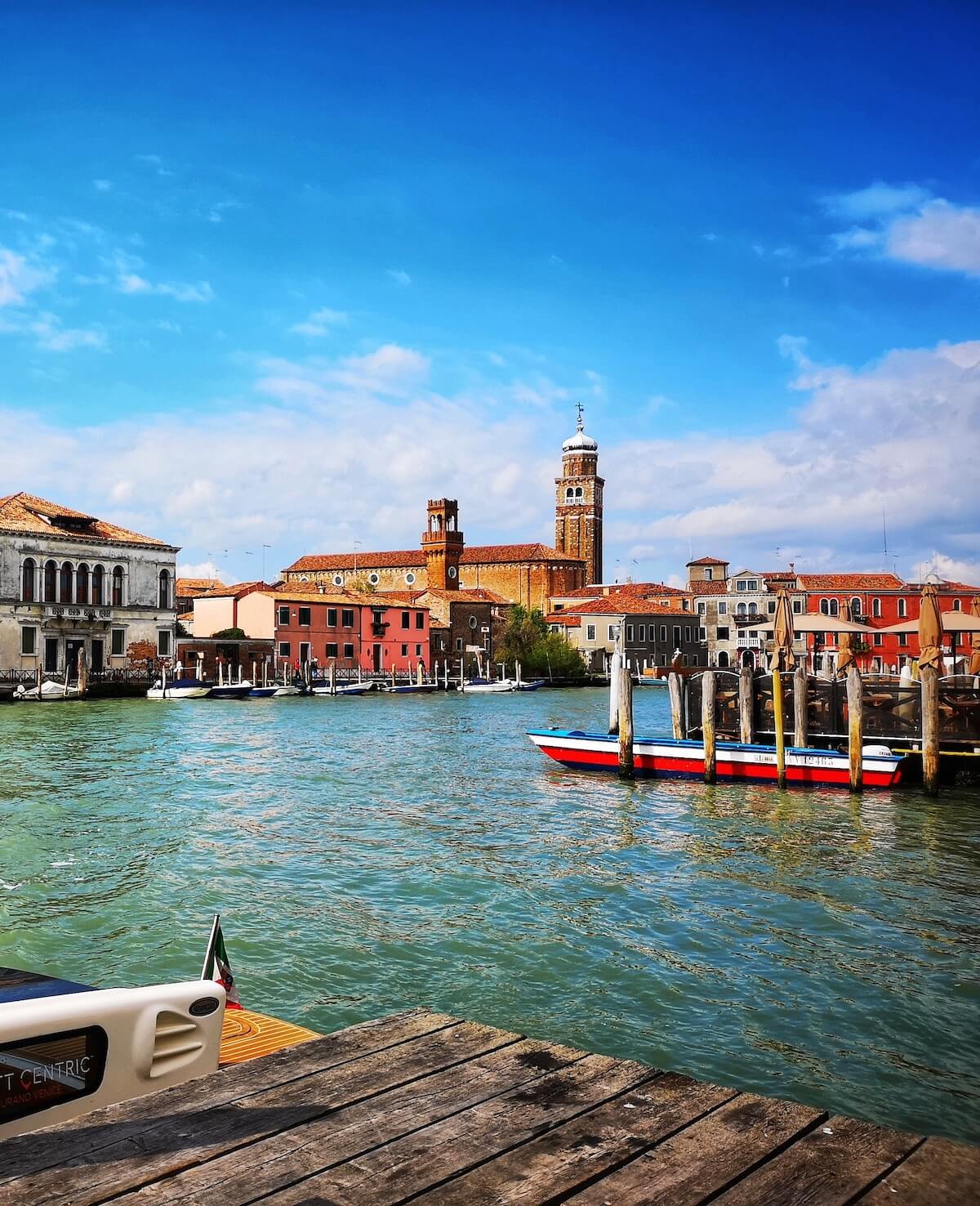When in Venice, make sure to take a trip out to the beautiful islands of the Venetian lagoon. An easy vaporetto (water-bus) ride from the docks at the Fondamente Nove, the islands of Murano, Burano and Torcello conserve a side of Venetian life and history very different to what you’ll find in the bustling streets and canals of the Serenissima.
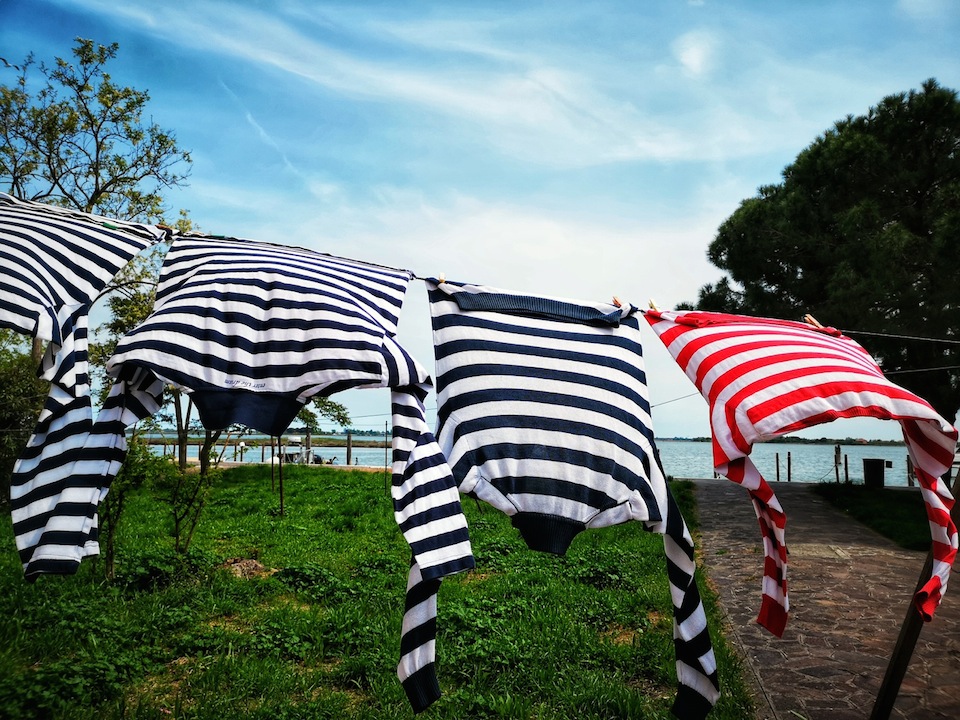
From the brightly-coloured fishermen’s huts of Burano to the glassworks of Murano and mysterious landmarks of Torcello, discover what you need to see on the fascinating islands of the Venetian lagoon with our online guide. If you’d like to get the best out of your time in Venice and visit the famous Isole de Venezia in the company of an expert local guide, then check out Through Eternity’s tours of Murano, Burano and Torcello on our website.
Murano
A short hop from Venice, beautiful Murano is constituted by 7 islands linked by bridges. Crisscrossed by canals and spectacular architecture, Murano feels like Venice in miniature. In the 13th century the glassmakers of Venice were moved here en-masse to guard against devastating fires caused by their furnaces in the densely populated city, and 700 years later Murano glass is still one of the world’s most famous artisan products.
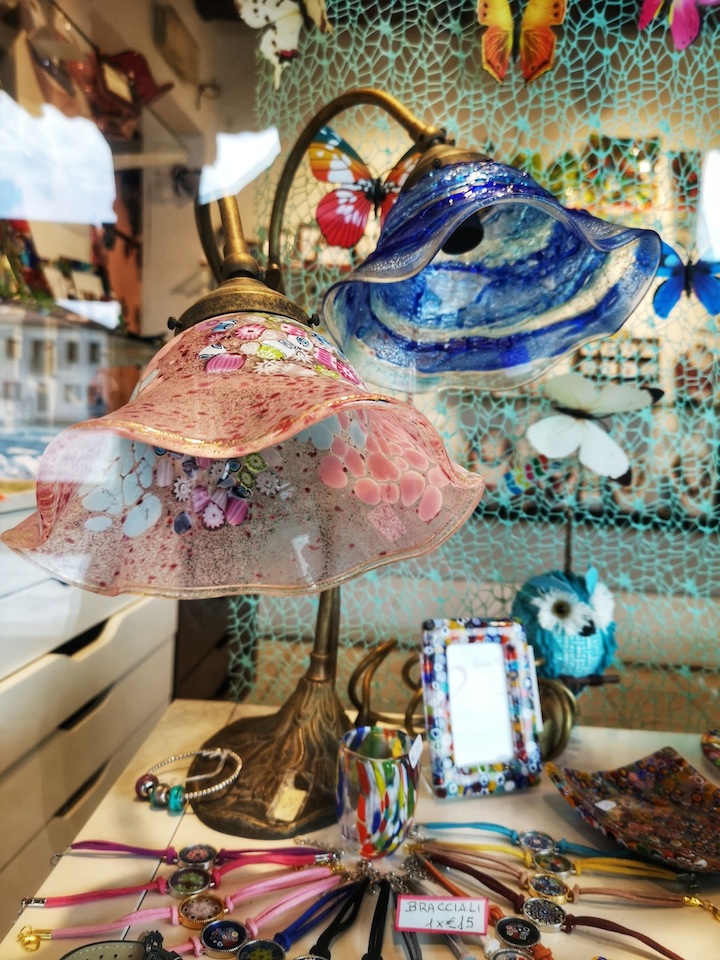
Small glass factories are dotted across the islands, distinctive for the brick furnaces used to fire their kilns. You can buy Murano glass directly from the producers in their warehouses, or from the wealth of boutiques that line the canals.

To learn more about the history of Murano glass and the special glass-blowing technique honed here over the centuries make sure to visit Murano’s glass museum, located in a Gothic palazzo that for centuries was the residence of the local bishop.
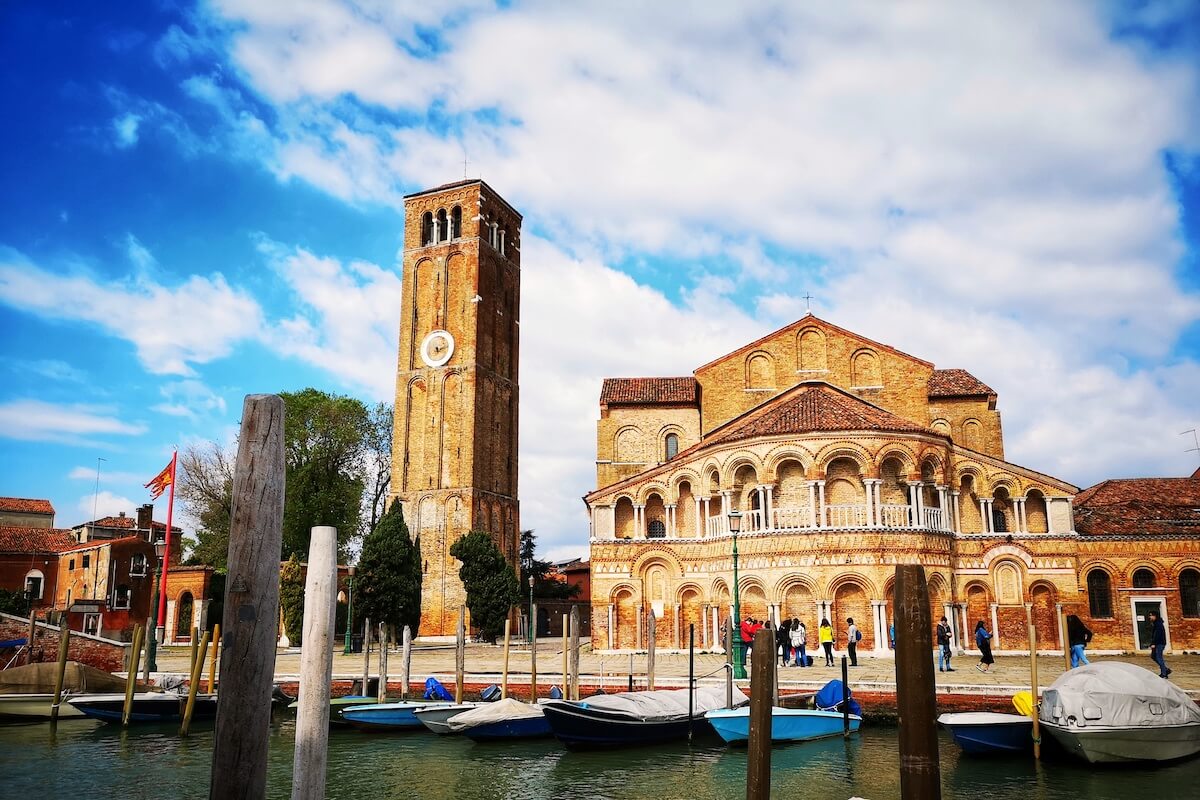
There’s much more to Murano than the glass industry, however. Unmissable is the stunning Romanesque church of San Donato, one the oldest in the Venetian lagoon. Perched on the kink of a canal, San Donato’s red-brick colonnade picturesquely overlooks the water.
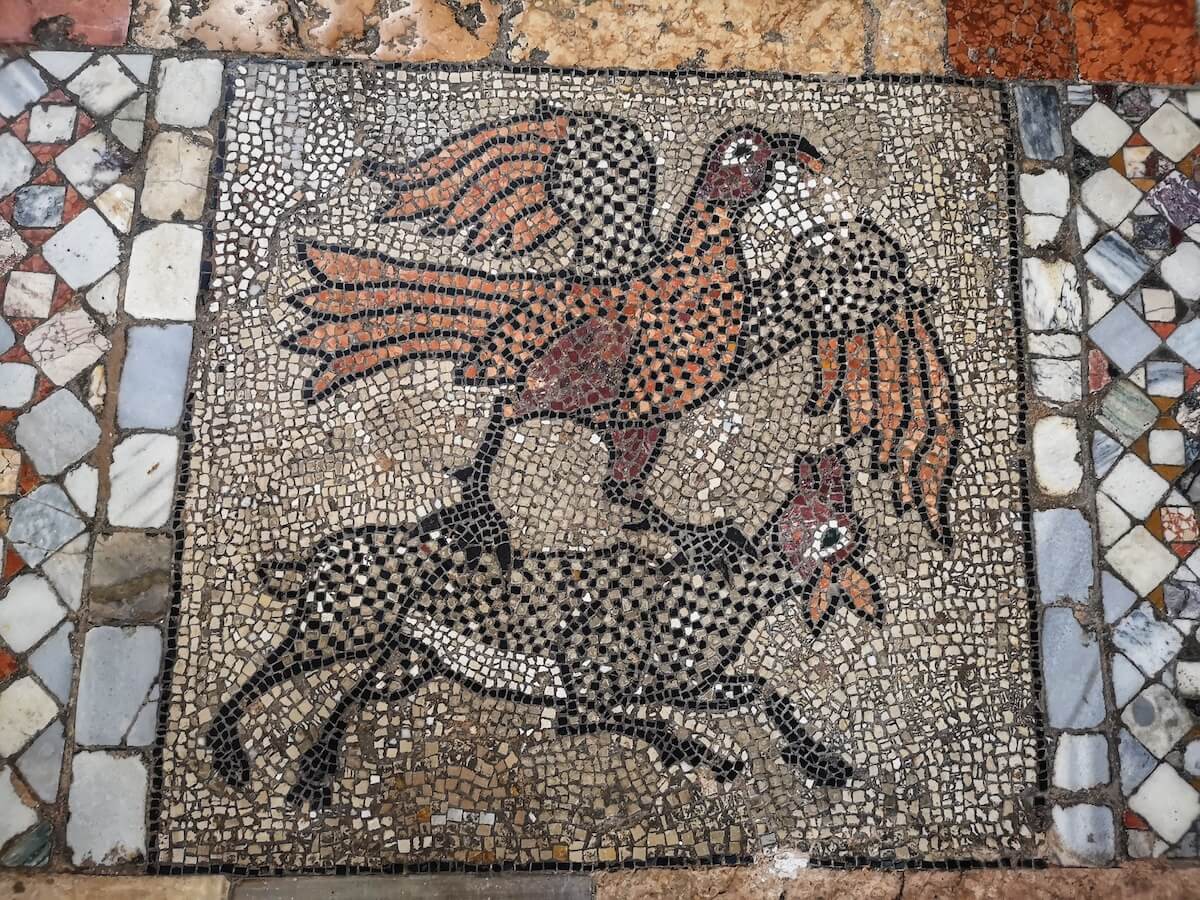
Within, an extraordinary mosaic floor dating from the 12th century portrays a splendid array of creatures, real and mythical: look out for roosters carrying away a fox, eagles, griffins and much more extending over more than 500 square metres of decorations. The church purports to house the relics of Saint Donatus, as well as the bones of a mighty dragon that the saint slayed by spitting at strung up on the wall behind the high altar.
Burano
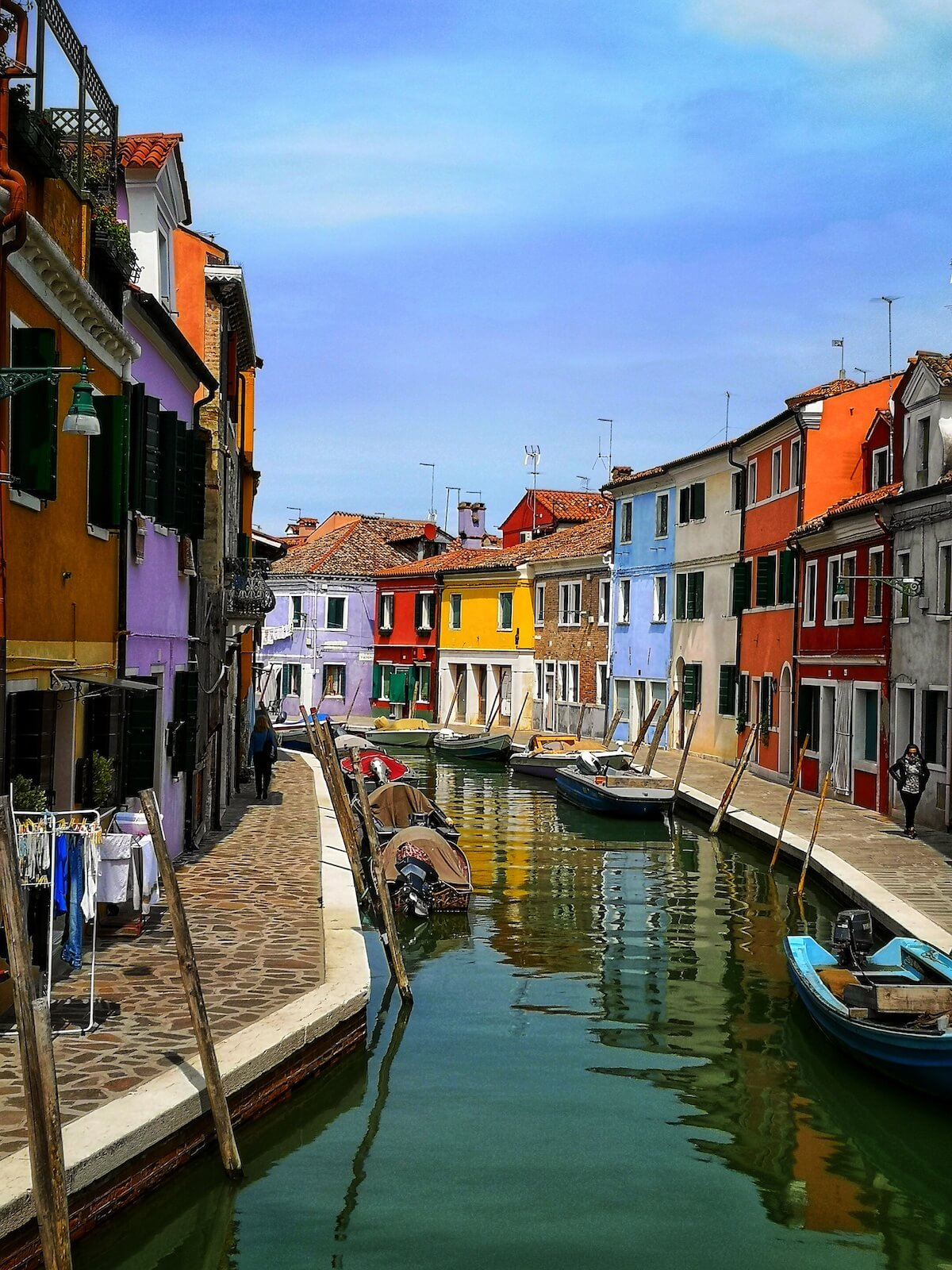
The next stop on a visit to the islands of Venice is charming Burano, located at the northern end of the lagoon 11 kilometres from the city. The picturesque brightly painted houses that line Burano’s narrow cobbled streets and waterways are a photographer’s dream: according to popular folklore, the tradition of Burano’s brightly-coloured houses can be traced back to the island’s fishermen seeking a foolproof way to find their ways home through the dense fogs of the Venetian winter.

These days the vibrant dwellings are protected by a local ordinance that obliges homeowners on the island to maintain their houses in the brightly painted shades, and any repainting has to pass the scrutiny of the city council.

Wandering along Burano’s canals and hidden side-streets you’ll be sure to encounter every colour of the rainbow: make sure to seek out the famous house of Bepi Suà, the home of a former cinema projectionist whose walls are a fantastical array of bright colours and kaleidoscopic patterns.
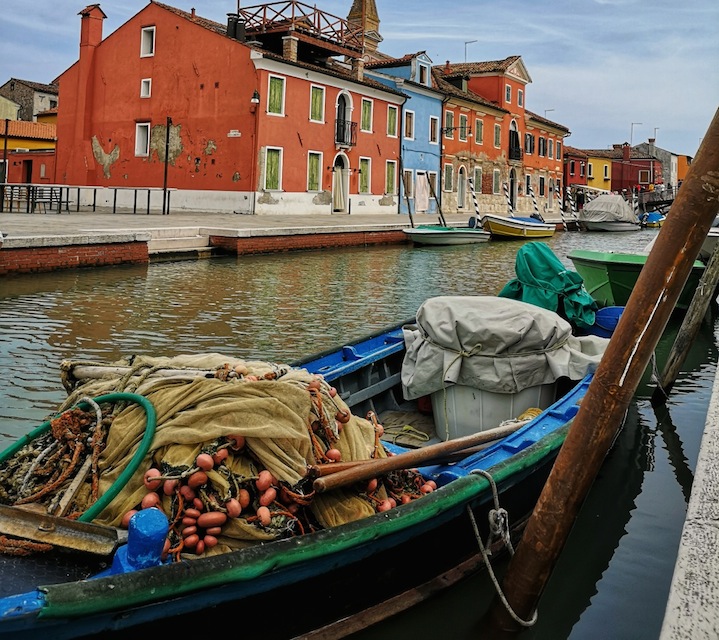
For centuries Burano has been renowned throughout Italy and across wider Europe for their lace-making – this has been the island’s main industry as far back as the Renaissance, when Leonardo da Vinci dropped by to purchase some to decorate an altarpiece destined for Milan’s cathedral.

The lace produced on island graced the outfits of European aristocracy for hundreds of years: a collar crafted for no less a figure than the French King Louis XIV was famously spun from human hair to ensure the delicacy and fineness of its weave. Today the artisans of Burano might not cater to such a rarefied clientele, but the island’s lace industry is still going strong after a revival in the 19th century.
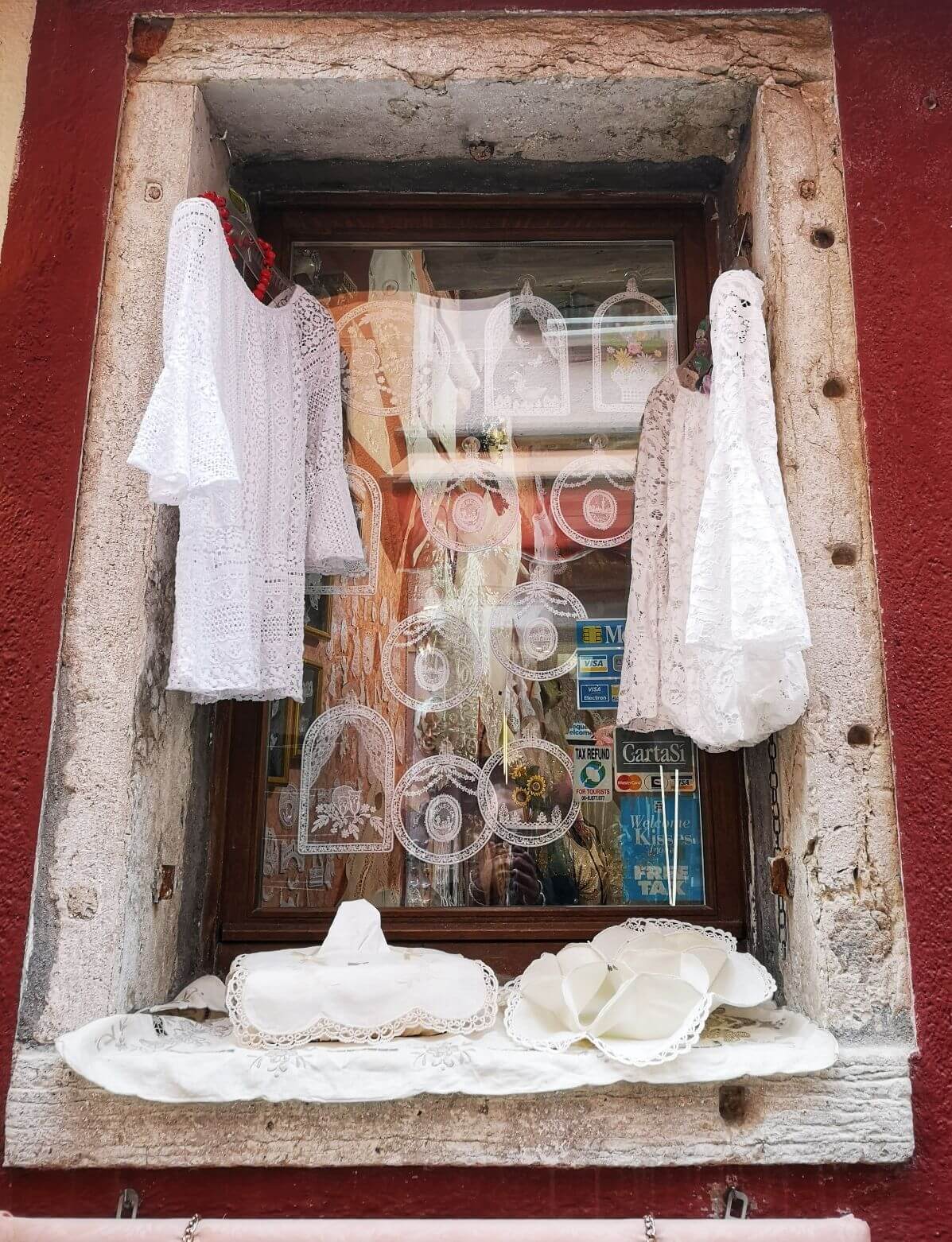 Stop in to the Museo Merletto, housed in the historic surroundings of Burano’s Lace School on Piazza Galuppi to learn all about the history of lace-making on the island, and pay a visit to one of the island’s innumerable boutiques to take home one of these masterpieces of meticulous craft. Try Martina Vidal or La Perla for beautiful handmade creations.
Stop in to the Museo Merletto, housed in the historic surroundings of Burano’s Lace School on Piazza Galuppi to learn all about the history of lace-making on the island, and pay a visit to one of the island’s innumerable boutiques to take home one of these masterpieces of meticulous craft. Try Martina Vidal or La Perla for beautiful handmade creations.
Torcello
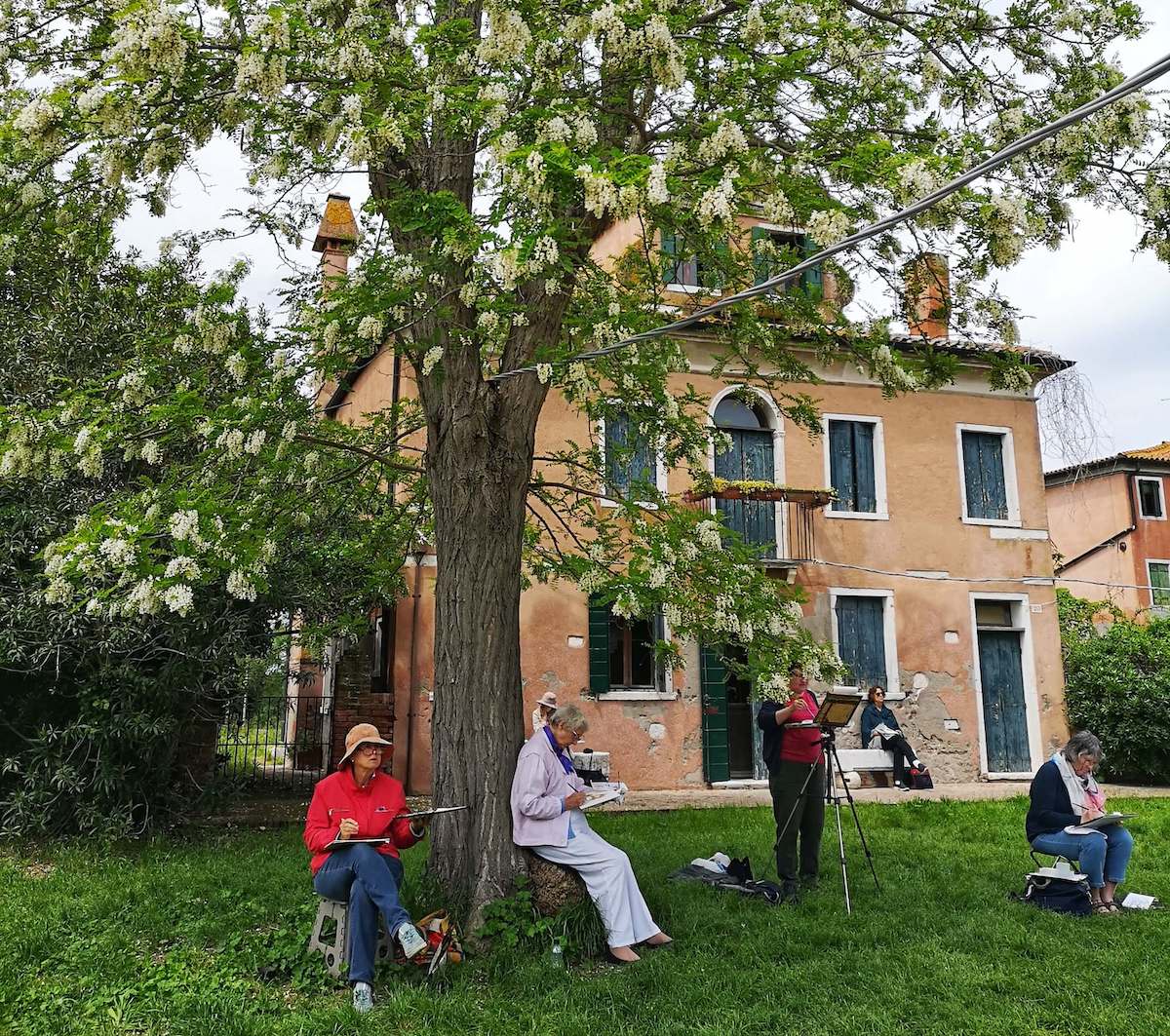
The final stop on our journey into the heart of the Venetian lagoon is also a journey back in time. The semi-deserted island of Torcello is the birthplace of Venetian civilization, and until the Middle Ages was much more powerful than its more famous neighbour. This was where the fleeing population of Barbarian-ravaged Altinum on the mainland first pitched up, and soon the lagoon colony became a thriving trading centre. By the start of the 16th-century Torcello boasted 20,000 inhabitants and a series of spectacular churches. Torcello’s subsequently suffered a dramatic decline due to persistent bouts of malaria and silt clogging up its canals, and it wasn’t long before prosperous Venetians were looting its grand buildings to decorate their own canal-side palaces.
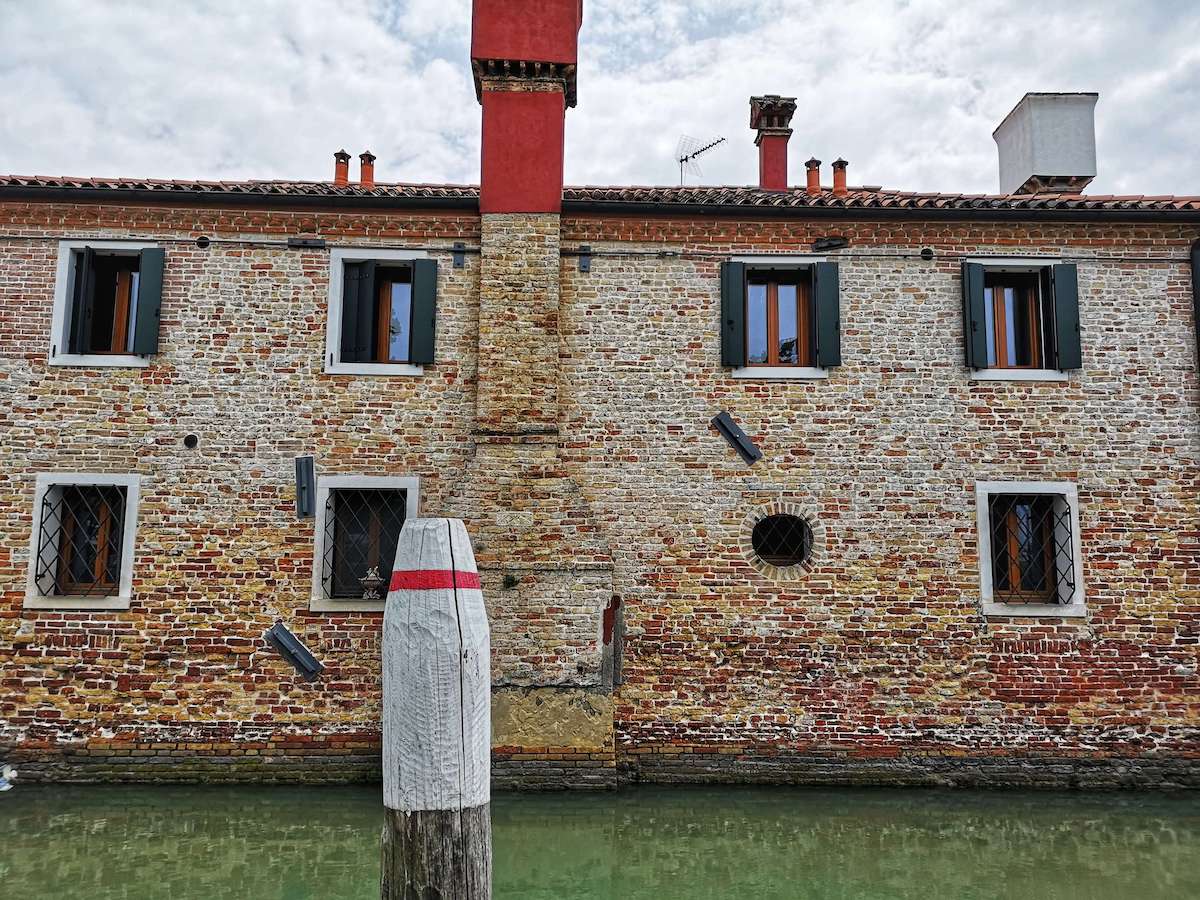
These days Torcello is sleepy place: the bustling city of long-ago is nowhere to be found, and the only sign of life amidst the muddy fields and orchards is in the grassy main piazza. Here the incredible 7th-century Cathedral of Santa Maria Assunta, complete with spectacular Byzantine mosaics - including a truly terrifying depiction of the Last Judgement – dominates, a vivid reminder of its former glory.
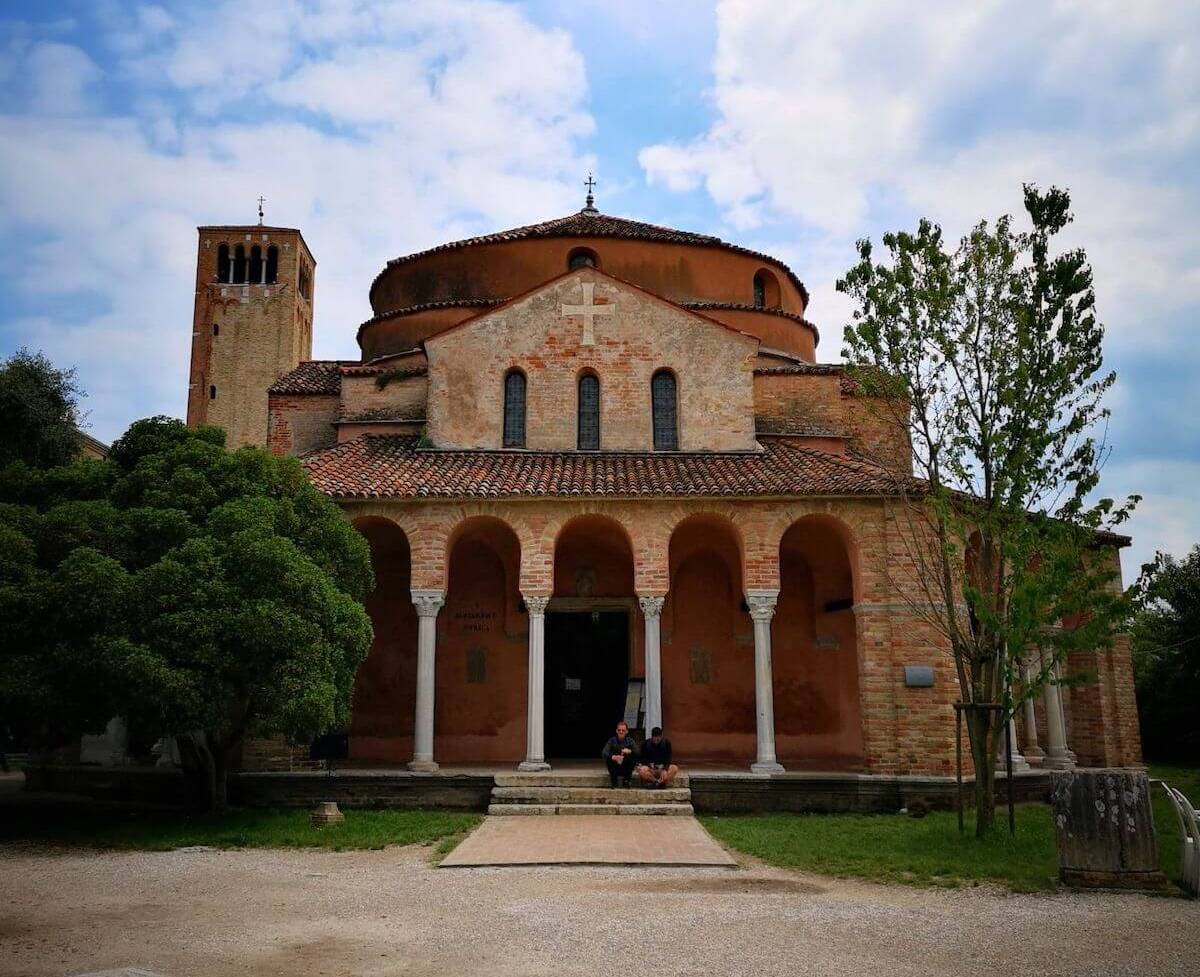
Make the climb up its shonky belltower for views over the lagoon, and admire the wonderfully moving Teoteca Madonna, tears staining her mosaic cheeks as she gazes into the darkness of the church. As you explore the piazza pop into the charming church of Santa Fosca, and admire the Throne of Attila – a blasted stone chair that in all likelihood was once the ceremonial seat of the local bishop.
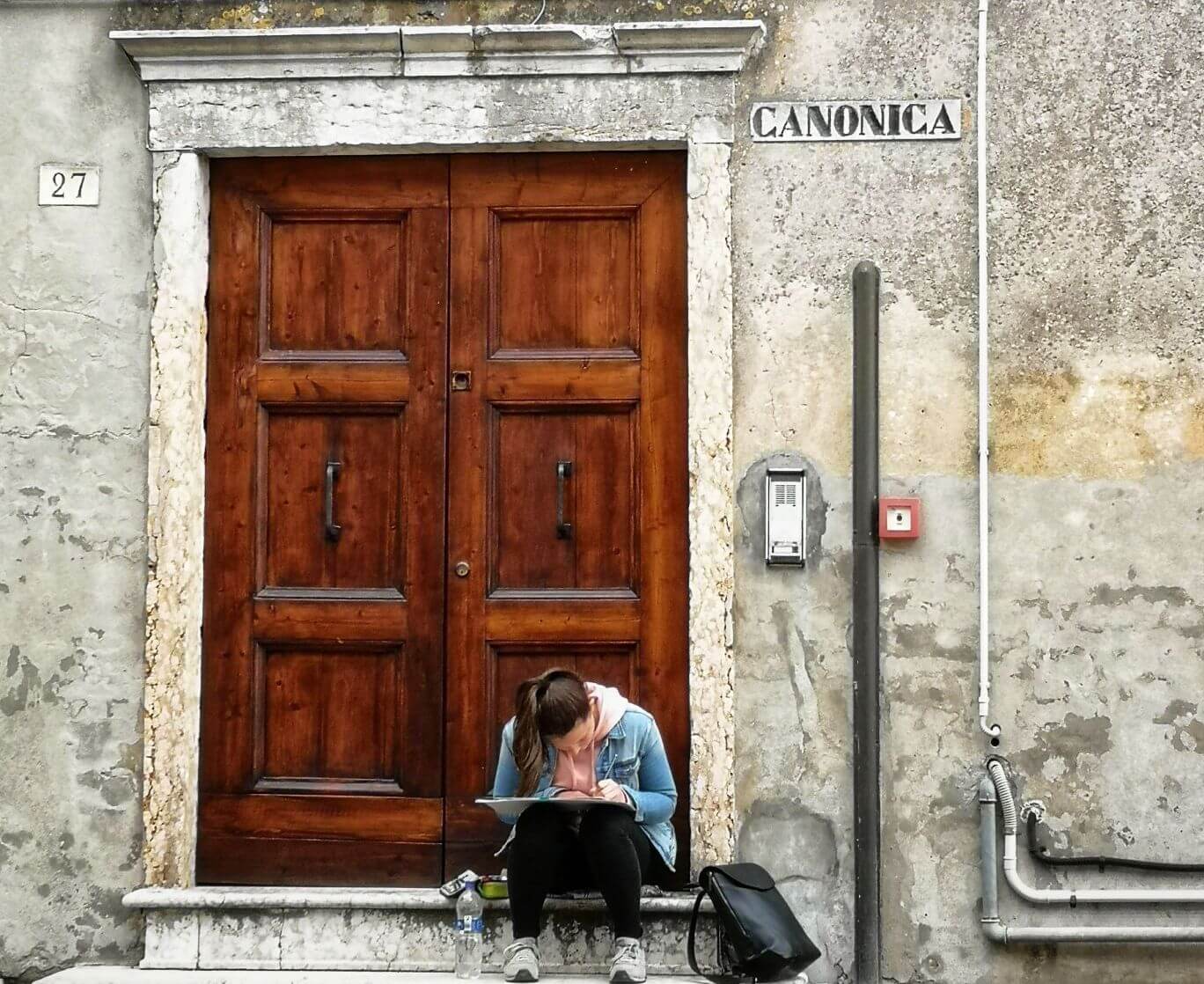
An air of mystery hangs over this forgotten island, and on your visit to Torcello you’ll learn about the legends surrounding eerie historical sights like the Devil’s Bridge, a squat canal-crossing that owes its disquieting name to a legend of doomed love. The story goes that a young Venetian fell in love with an Austrian soldier who was subsequently killed by the woman’s family.

A midnight pact with a local witch and the devil himself soon brought the soldier back to life, but with a terrible price: the devil demanded the soul of a child in recompense every Christmas Eve for the next seven years. Thankfully, the Prince of Darkness would not receive his gruesome bounty, and according to legend still frequents the bridge every Christmas Eve in the shape of a black cat, vainly seeking his promised souls.
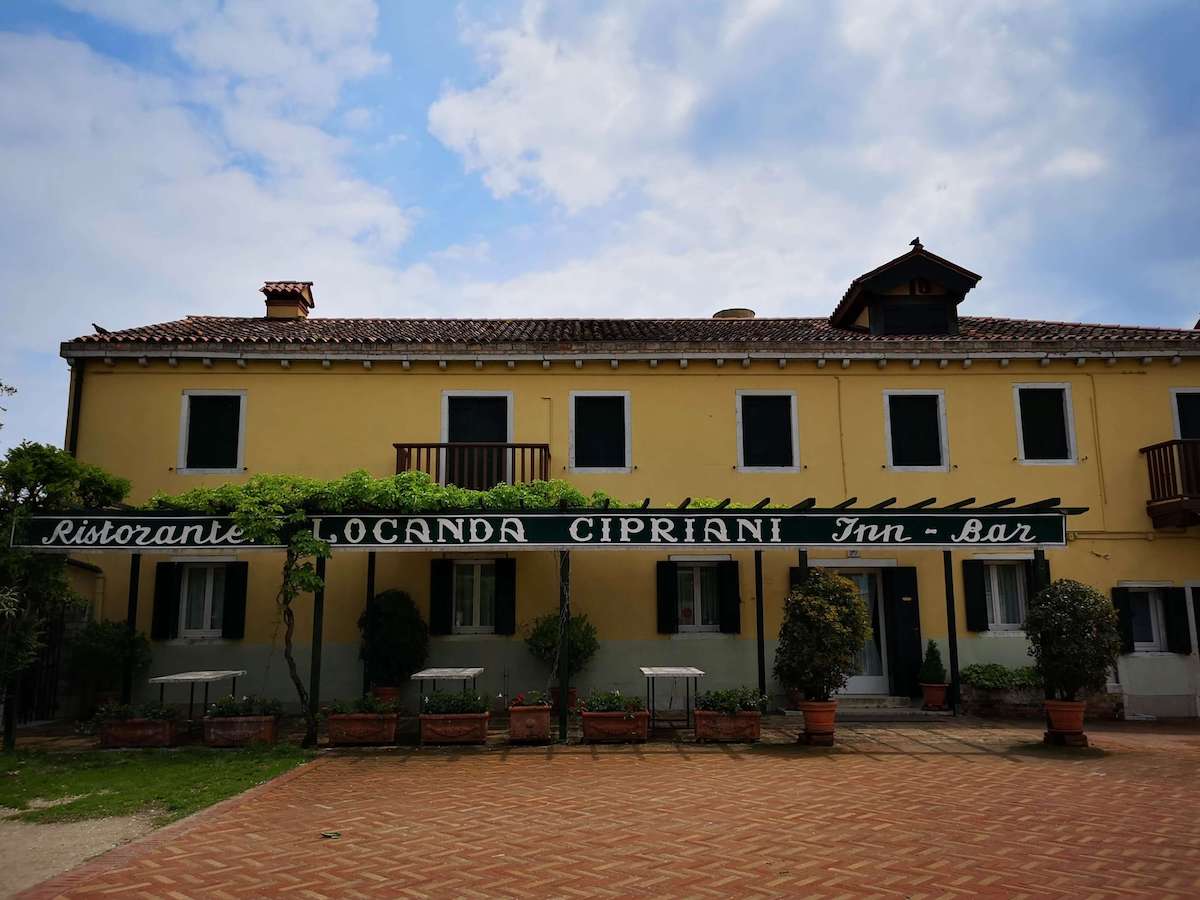
Beyond the fascinating historical sites on Torcello that speak to the first glimmerings of Venetian civilization, perhaps the biggest draw on the island is its world-famous restaurant. Founded in 1934 by the owner of Venice’s famed Harry’s Bar, Locanda Cipriani has been serving up elegant fish dishes and refined pasta to a roll-call of celebrities including Ernest Hemingway and even Queen Elizabeth II in its leafy garden for generations.
How to reach Murano, Burano and Torcello
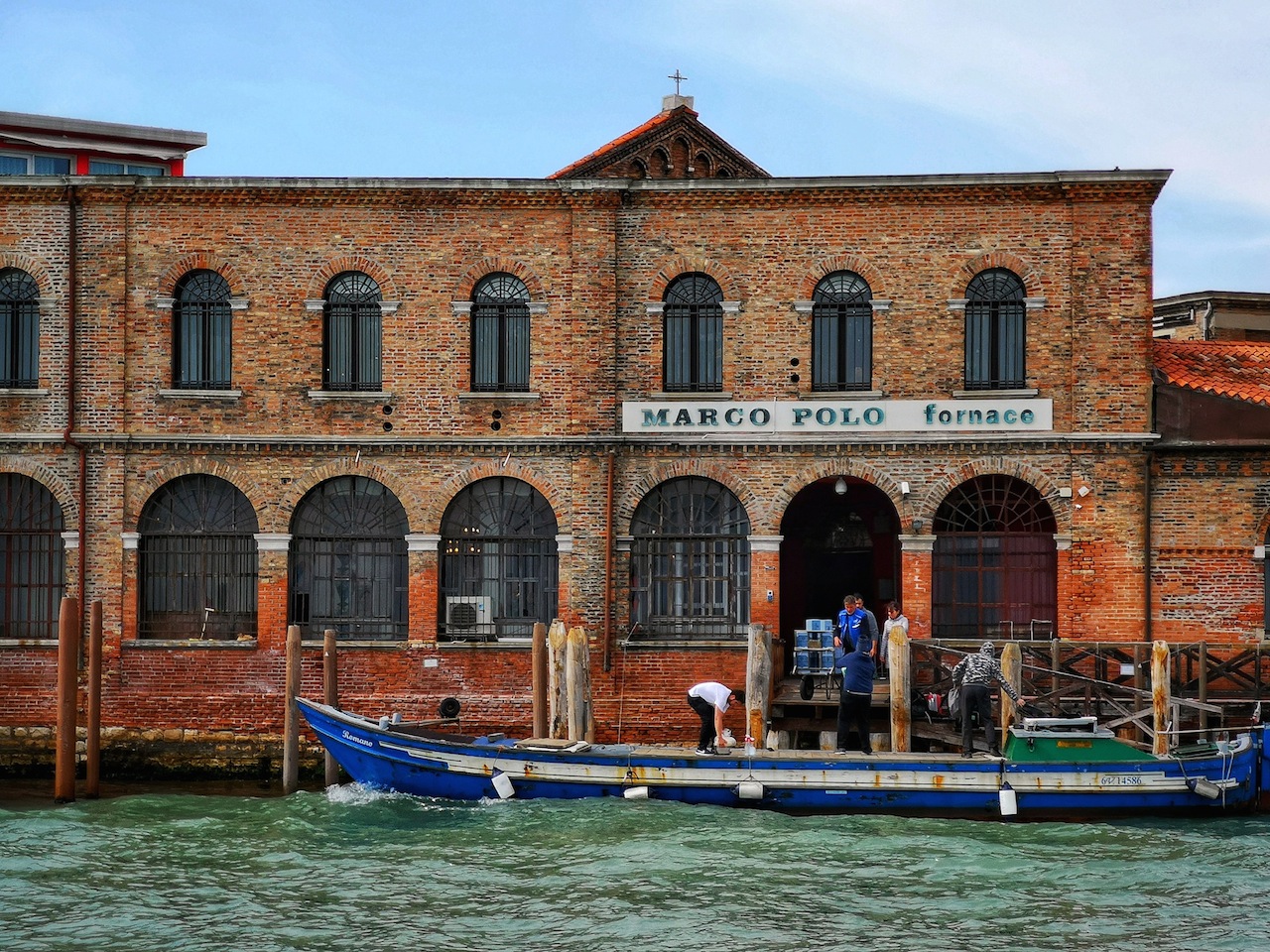
The islands of Venice can be easily reached via regular vaporetto (water bus) service from Venice. These depart from the stop at Fondamente Nove on the north side of the city. The 4.1, 4.2, 12 or 13 routes will all take you to Murano, the closest island to Venice.
To reach Burano from Murano hop on the number 12 line.
From Burano to Torcello meanwhile you need to take the number 9 line
To return to Fondamente Nove in Venice from Torcello, take the number 12.
Depending on the time of year you are travelling the schedule of vaporetto services in Venice is subject to change, so make sure to check out the most up-to-date times on the official website here.
 Alternatively, if you’d like to take the stress out of your day-trip to the Through Eternity’s local experts Venice Islands, a guided tour of Murano, Burano and Torcello with one of is a great option. We’ll take care of all transportation via comfortable private water-taxi, so all you nee to think about is enjoying your visit!
Alternatively, if you’d like to take the stress out of your day-trip to the Through Eternity’s local experts Venice Islands, a guided tour of Murano, Burano and Torcello with one of is a great option. We’ll take care of all transportation via comfortable private water-taxi, so all you nee to think about is enjoying your visit!

